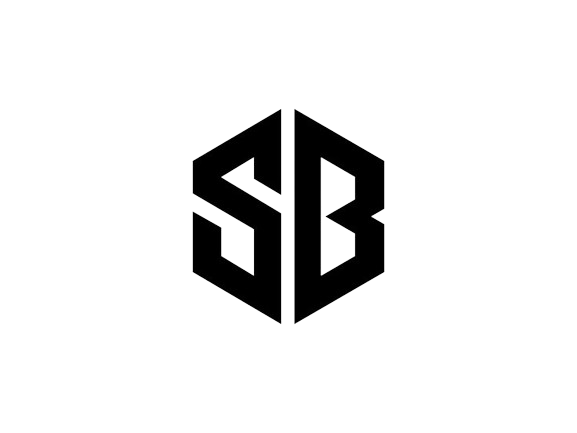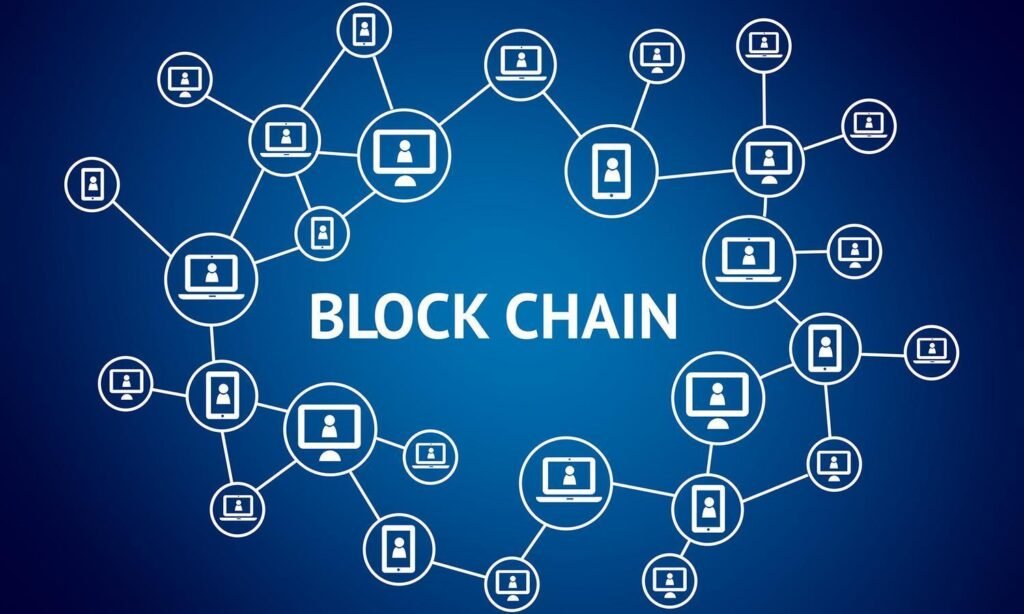What Is Blockchain?
Blockchain is a decentralized, distributed digital ledger technology that records transactions across many computers in such a way that recorded transactions cannot be changed retrospectively. It ensures data security and transparency.
In this article we explain to our viewers that what is Blockchain and how it works is a record-keeping technology designed to make a system secure and immutable, making it impossible for data stored on a blockchain to be hacked or tampered with. It is a type of distributed ledger technology (DLT), which is a digital ledger system for recording transactions and related data in multiple places at the same time.
Every computer in the blockchain network maintains a uniform ledger of transactions to prevent a single error. All copies are updated and verified simultaneously.
Blockchain technology is also a type of database, but it is quite different in the way it stores and organizes information from traditional databases. Instead of storing data in rows, columns, tables, and files like traditional databases, blockchain technology stores data in blocks connected to each other in a digital chain. In addition, a blockchain is a decentralized database managed by computers belonging to a peer-to-peer network, rather than a central computer like traditional databases. If you want to know about Social Media Management and Networkng Relax the solution is here just One Click away.
This Article Teaches You
Launched on the Bitcoin blockchain in 2009, Bitcoin was the first cryptocurrency and popular application to successfully use the blockchain. As a result, blockchain technology is often associated with Bitcoin and its alternatives, such as DodgeCoin and Bitcoin Cash, which use public ledgers.
However, with the advent of Bitcoin, the use of private ledger blockchains has expanded to include other applications. Logistics companies use blockchain technology to track goods moving through the supply chain. Official central banks and the global financial community see blockchain technology as the basis for exchanging currencies. Many industries, including the legal and entertainment communities, use blockchain technology as the basis for smart contracts and other mechanisms for transferring and protecting intellectual property rights.
In fact, businesses and other organizations use blockchain-based applications as a secure and cost-effective way to create and manage distributed databases and track all types of digital transactions. As a result, blockchain technology is increasingly being seen as the way forward. To securely track and share data across multiple organizations.
Key Features Of Blockchain
Blockchain technology is based on unique features that distinguish it from traditional databases. Following are the most important features and details.
- Decentralisation: Blockchain is one of the fundamental aspects of decentralized technologies. Unlike a centralized database, where a central authority such as a bank verifies and validates transactions, blockchain technology operates on a distributed ledger. This means that multiple transparent participants, called nodes, maintain, verify, and update the records. Each node spans the network and has a copy of the entire blockchain.
- Immutability and Security: Blockchain cryptographic algorithms provide strong security, making unauthorized interference nearly impossible. Transactions are stored in blocks linked by cryptographic hashes. If someone tried to change a block, they would have to modify every subsequent block, making processing computationally impossible. This built-in security feature ensures that information is immutable, making blockchain an ideal platform for storing sensitive data and conducting secure transactions.
- Transparency and Traceability: The transparency inherent in blockchain technology ensures that every participant in the network has access to the same information. For example, each transaction becomes part of a public ledger visible to all participants. This transparency ensures trust and accountability in the network as any discrepancies can be detected and corrected immediately. Additionally, blockchain’s ability to track the origin and path of assets simplifies audits and reduces the potential for fraudulent activity.
- Smart Contracts : These contracts are automated contracts hardcoded into software that automatically enforces the terms of the contract. Smart contract codes are stored on the blockchain and perform their functions after predetermined conditions are met. These contracts eliminate the need for a middleman, simplify transactions, save money and speed closing time. They are used in various fields such as supply chain management, insurance and finance.
How Blockchain Works
Blockchain is a multi-step process that consists of five main steps:
- An authorized participant initiates a transaction that must be verified by the system.
- This process creates a block that represents specific transactions or data.
- The block is sent to every computer node on the network.
- Authorized nodes verify the transaction and add the block to the existing blockchain.
- The update will be rolled out across the network, completing the process.
These steps take place almost in real time and involve various elements. Nodes in public blockchain networks are called miners. They typically receive compensation for their work, often in the form of cryptocurrency, through processes known as proof-of-work or proof-of-stake.
The blockchain ledger consists of two types of records: individual transactions and blocks. The first block contains the header and data for transactions that occurred in the specified time period. Block timestamp helps create an alphanumeric string called hash. After the first block is created, each subsequent block in the ledger uses the hash of the previous block to calculate its own hash.
Before a new block can be added to the chain, the block must be verified through a mathematical process called validation or consensus. At this point, most nodes on the network must agree that the hash value of the new block has been correctly calculated. Consensus ensures that all copies of the blockchain’s distributed ledger are in the same state.
Once a block is added, it can be referenced in subsequent blocks but cannot be changed. If someone tries to change a block, the hashes of the previous and next blocks will also change and the overall state of the ledger will be corrupted.
When consensus is not possible, other computers on the network will notice that there is a problem and no new blocks will be added until the problem is resolved. Usually the problem block is ignored and the leveling process is repeated, eliminating the single point of failure.






